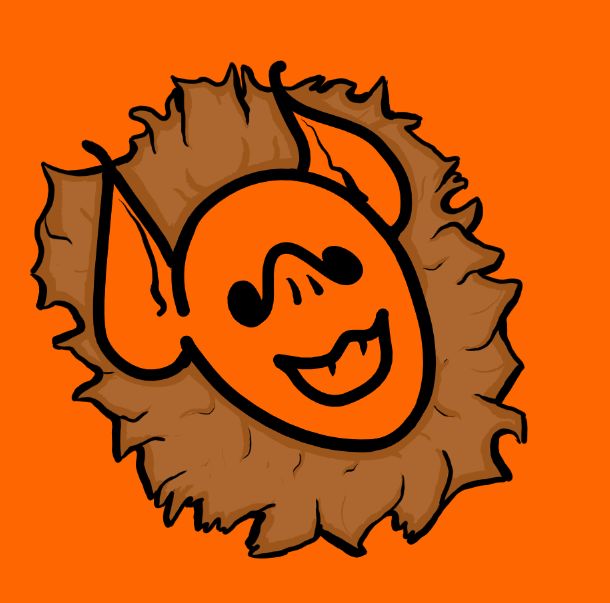Dev Log #1: Introducing Freighter
Oct 24, 2023

I am always interested in learning new things and hope to create content that can help others.
I am always interested in learning new things and hope to create content that can help others.
Apr 22, 2016
Apr 22, 2016